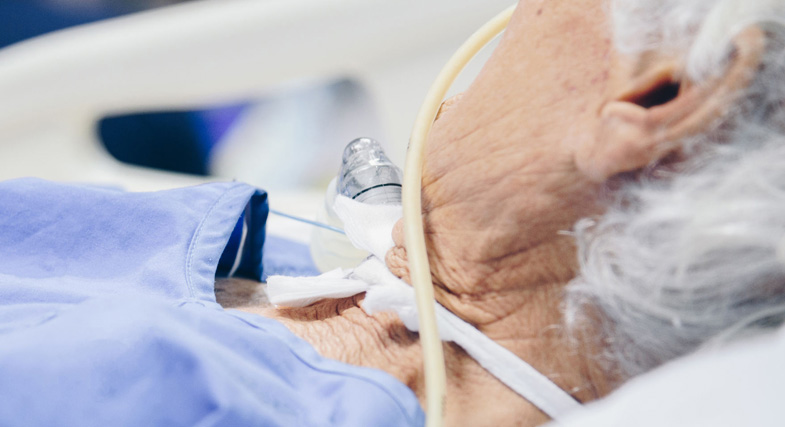Tracheostomy Care Nurses At Home

Tracheostomy Care
care health nursing Services provide Tracheostomy care staff for clients with new or recent tracheostomy to maintain patency of the tube and minimize the risk for infection (since the inhaled air by the client is no longer filtered by the upper airways). Initially a tracheostomy may need to be suctioned and cleaned as often as every 1 to 2 hours. After the initial inflammatory response subsides, tracheostomy care may only need to be done once or twice a day, depending on the client.
Our Staff Direction & Monitoring
In determining the level of supervision and monitoring which is required, it is recommended each patient with a tracheostomy is assessed on an individual basis by the treating medical/surgical and nursing team4 taking into consideration the following factors..
- Age specific alarm limits
- Clinical State
- Nature of the airway problem
- Ability to breathe and maintain their airway in the event of accidental decannulation
- Ability to clear own secretions
- Frequency of suction/tracheostomy tube interventions required
- Ventilation requirements
Monitoring may include
- Heart rate +/- continuous cardiac monitoring
- Respiratory rate
- Pulse oximetry continuous/overnight
- Oxygen requirements
- Work of breathing
- Temperature & Blood Pressure
Suctioning
- Audible or visual signs of secretions in the tube
- Signs of respiratory distress
- Suspicion of a blocked or partially blocked tube
- Inability by the child to clear the tube by coughing out the secretions
- Vomiting
- Changes in ventilation pressures
- Tracheal suctioning should be carried out regularly for patients with a tracheostomy tube. However the frequency varies between patients and is based on individual assessment.
Ghaziabad
- Adarsh Shakya (Branch Manger)
- LGF-17, Rajhans Market, Ahinsa Khand - 1, Near Aditya Mall, Indirapuram, Gzb
- carehealthnurses@gmail.com
- +91-8447307473
noida
- Shivang Dwivedi (Manager Operations)
- Bs -807 Diamond Galaxy plaza Gaur City Greater Noida West
- carehealthdigital@gmail.com
- +91-9999407473
Delhi
- Rohit Singh (Branch Manager)
- 1/21, Ground floor Lalita Park, Gurudwara Laxmi Nagar, New Delhi- 110092
- carehealthdigital@gmail.com
- +91-9999407413, +91-9910531897
Developed by- CareHealthNurses2018
.png)
